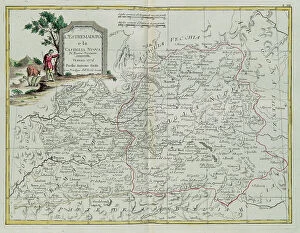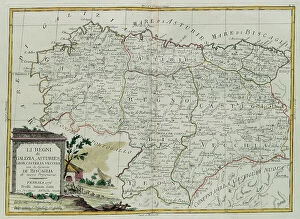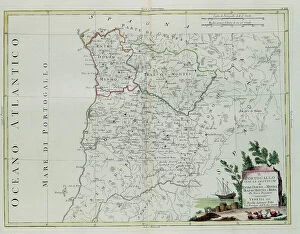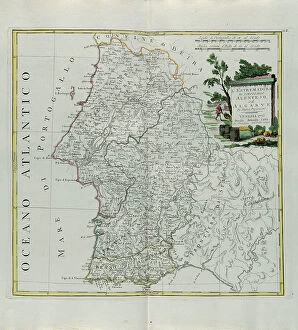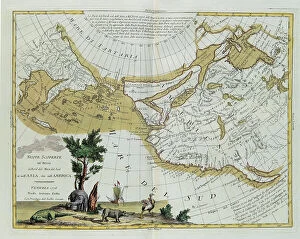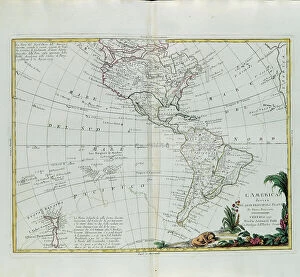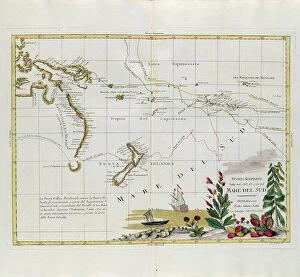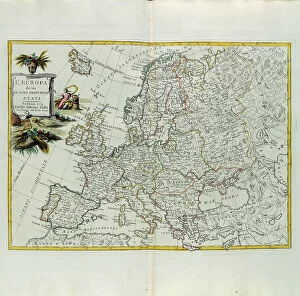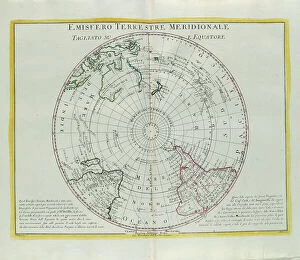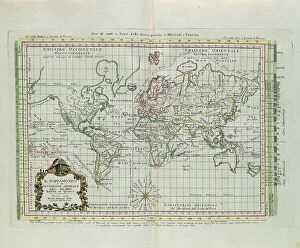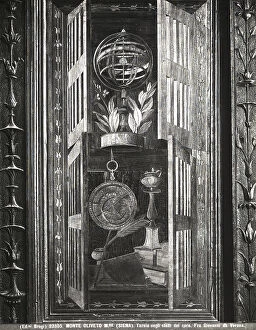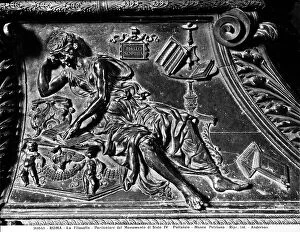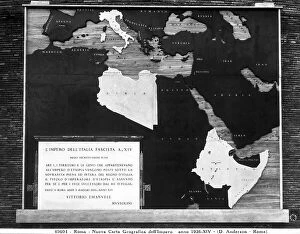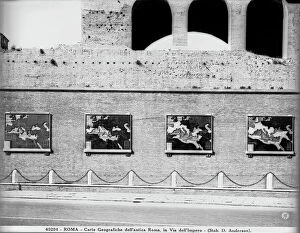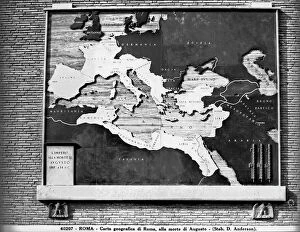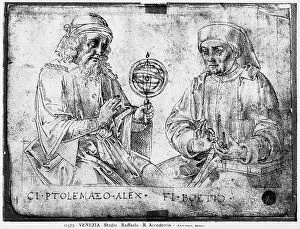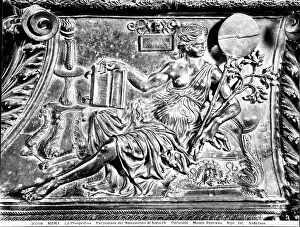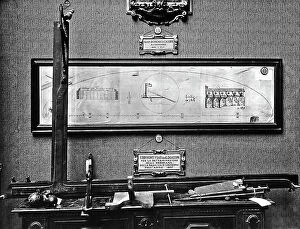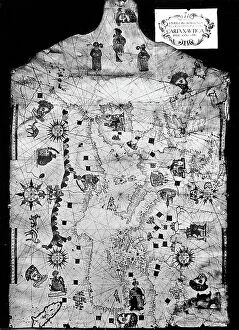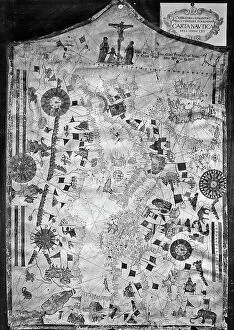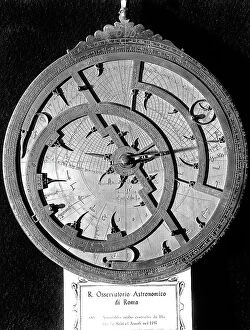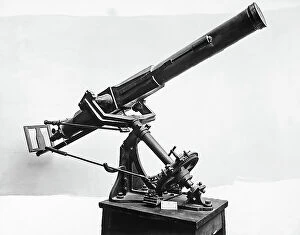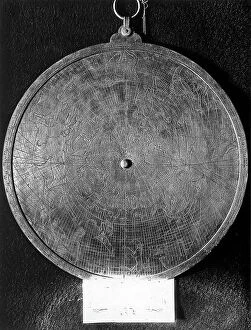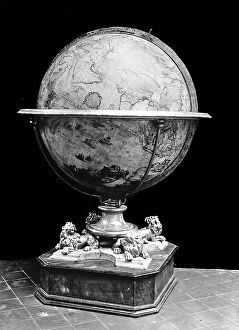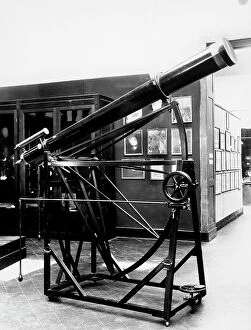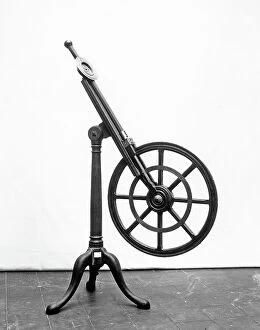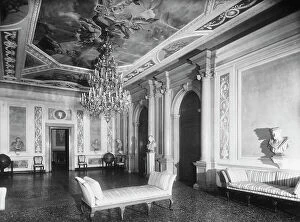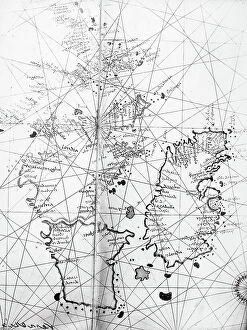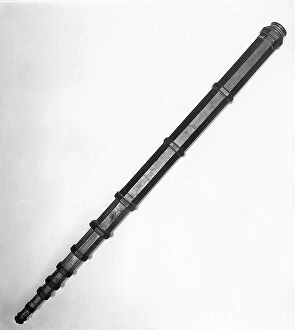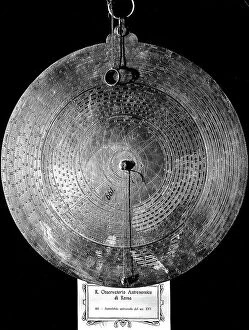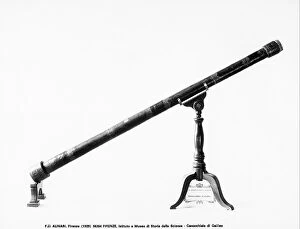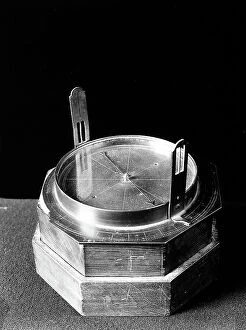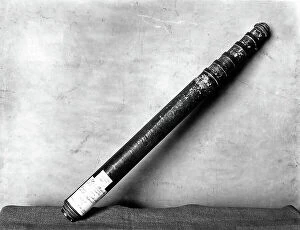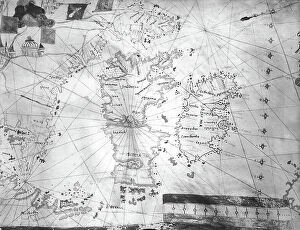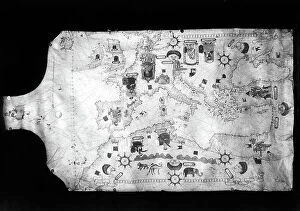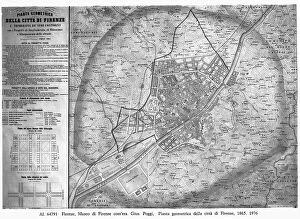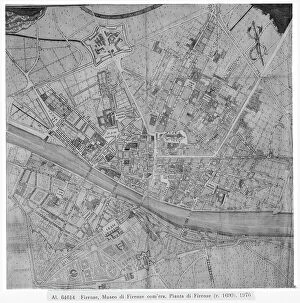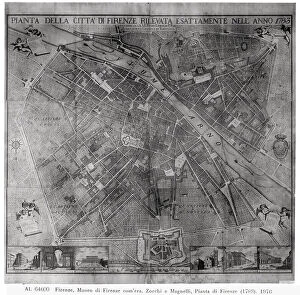Instrument And Document Collection (#6)
"Exploring the World through Instruments and Documents
For sale as Licensed Images
Choose your image, Select your licence and Download the media
"Exploring the World through Instruments and Documents: A Glimpse into History" Step back in time with these captivating engravings from the private collection of Antonio Zatta. Delve into the intricate details of a world divided, as depicted by renowned cartographer G. Zuliani. Embark on a journey to Iceland, where its districts come alive before your eyes. This engraving from Tome III of the "Newest Atlas" showcases the stunning beauty and unique topography that define this Nordic island nation. Venture further north to Hudson Bay, Land of Labrador, and Greenland. As you study this engraving from Tome I, immerse yourself in the vastness of these Arctic regions and their adjacent islands - a testament to nature's grandeur. Travel southward to Southern Scotland, where counties unfold like pages in a storybook. The meticulous detail captured by Zuliani in this engraving from Tome I transports you to an era when borders were etched upon maps with precision. Cross over to Ireland's provinces of Ulster and Leinster through another remarkable engraving from Tome I. Discover their rich history and cultural heritage as you trace their boundaries on this antique map - a true collector's gem. Next, explore Lorraine, Barr, and Alsace - governances brought vividly to life by Zuliani's artistry. This enchanting depiction offers glimpses into an era when political divisions shaped landscapes and societies alike. Continue your voyage across Europe as Spain and Portugal reveal themselves through intricately engraved provincial divisions. From Andalusia to Galicia, experience the diversity that defines these kingdoms while marveling at Zuliani's craftsmanship. Journey westward towards America; its main states beckon with promises of adventure. This 1776 engraving captures not only geographical features but also historical significance - witness how nations took shape amidst untamed frontiers. Expand your horizons even further with a world map that provides a comprehensive overview of the globe.

